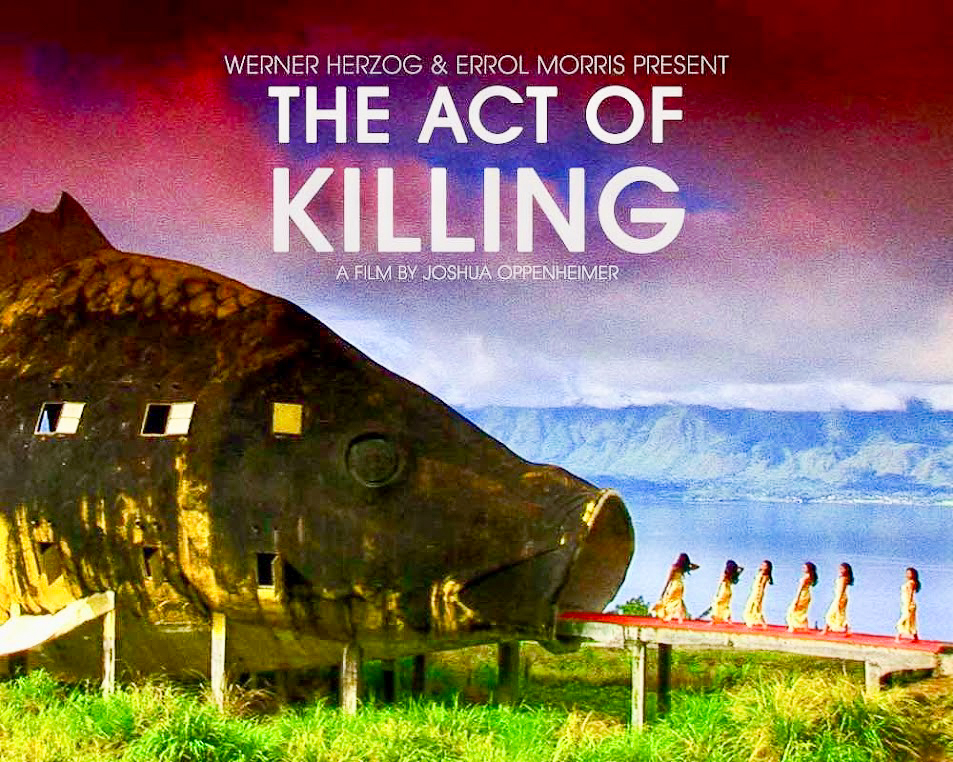And, indeed, I will ask on my own account here, an idle question: which is better—cheap happiness or exalted sufferings? Well, which is better?---Fyodor Dostoevsky ---Notes from Underground There are certain people of whom it is difficult to say anything which will at once throw them into relief—in other words, describe them graphically in their typical characteristics. These are they who are generally known as “commonplace people,” and this class comprises, of course, the immense majority of mankind. Authors, as a rule, attempt to select and portray types rarely met with in their entirety, but these types are nevertheless more real than real life itself. For instance, when the whole essence of an ordinary person’s nature lies in his perpetual and unchangeable commonplaceness; and when in spite of all his endeavours to do something out of the common, this person ends, eventually, by remaining in his unbroken line of routine—. I think such an individual really does become a type o...
NOTES FROM UNDERGROUND
Hope
To be human is to be a miracle of evolution conscious of its own miraculousness — a consciousness beautiful and bittersweet, for we have paid for it with a parallel awareness not only of our fundamental improbability but of our staggering fragility, of how physiologically precarious our survival is and how psychologically vulnerable our sanity. To make that awareness bearable, we have evolved a singular faculty that might just be the crowning miracle of our consciousness: hope.--
Erich Fromm
Links
- Get link
- X
- Other Apps
Labels
The White Ribbon (2009)
The film is visually masterful. It's in black and white, of course. Color would be fatal to its power. Perhaps because black-and-white film stock is hard to find, Haneke filmed in color and drained it away. If a color version is ever released, you'll see why it's wrong. Just as it is, "The White Ribbon" tells a simple story in a village about little people and suggests that we must find a balance between fear and security.
Something is wrong in the village. Some malevolent force, some rot in the foundation. This wrongness is first sensed in a series of incidental "accidents." Then the maiming of a child takes place. This forces the villagers, who all know one another, to look around more carefully. Is one of them guilty? How can that be? One person couldn't be responsible for all of these disturbing events. Have many been seized in an evil contagion?
After the first screening of Michael Haneke's "The White Ribbon" at Cannes, everybody had theories about who "did it." Well, we're trained to see such stories as whodunits. Haneke is never that simple. It all may have been "done," but what if there seems to be no doer? What if bad things happen to good people who are not as good as they think they are? In Haneke's "Cache" (2005), who shot the alarming videos spying on the family? Are you sure? Haneke's feeling is that we can never be certain.
This great film is set in rural Germany in the years before World War I. All has been stable in this village for generations. The baron owns the land. The farmer, the pastor, the doctor, the schoolteacher, the servants, even the children, play their assigned roles. It is a patriarchal, authoritarian society -- in other words, the sort of society that seemed ordinary at that time throughout the world.
We are told the story many years after it took place, by the schoolteacher (Ernst Jacobi). In the film, we see him young (Christian Friedel). The old man intends to narrate with objectivity and precision. He'll draw no conclusions. He doesn't have the answers. He'll stick to the facts. The first fact is this: While out riding one morning, the doctor (Rainer Bock) was injured when his horse stumbled because of a trip wire. Someone put the wire there. Could they have even known the doctor would be their victim?
Other incidents occur. A barn is burned. A child is found murdered. Someone did each of these things. The same person could not easily have done all of them. There is information about where various people were at various times. It's like an invitation to play Sherlock Holmes and deduce the criminal. But in "The White Ribbon," there are no barking hounds. The clues don't match. Who is to even say something is a clue? It might simply be a fact seen in the light of suspicion.
Life continues in an orderly fashion, as a gyroscope tilts and then rights itself. The baron steadies his people. The doctor resumes his practice, but is unaccountably cruel toward his mistress. The teacher teaches, and the students study, and they sing in the choir. Church services are attended. The white ribbon is worn by children who have been bad but will now try to be good. The crops are harvested. The teacher courts the comely village girl Eva (Leonie Benesch). And suspicion spreads.
It's too simple to say the film is about the origins of Nazism. If that were so, we would all be Nazis. It is possible to say that when the prevention of evil becomes more important than the preservation of freedom, authoritarianism grows. If we are to prevent evil, someone must be in charge. The job naturally goes to those concerned with enforcing order. Therefore, all disorder is evil and must be prevented, and that's how the interests of the state become more important than the interests of the people.
- Release date: December 30, 2009 (USA)Director: Michael HanekeScreenplay: Michael HanekeCinematography: Christian BergerDistributed by: Sony Pictures Classics, X Verleih AG ®, Filmladen, Artcam
- Release date: December 30, 2009 (USA)Director: Michael HanekeScreenplay: Michael HanekeCinematography: Christian BergerDistributed by: Sony Pictures Classics, X Verleih AG ®, Filmladen, Artcam















.jpg)